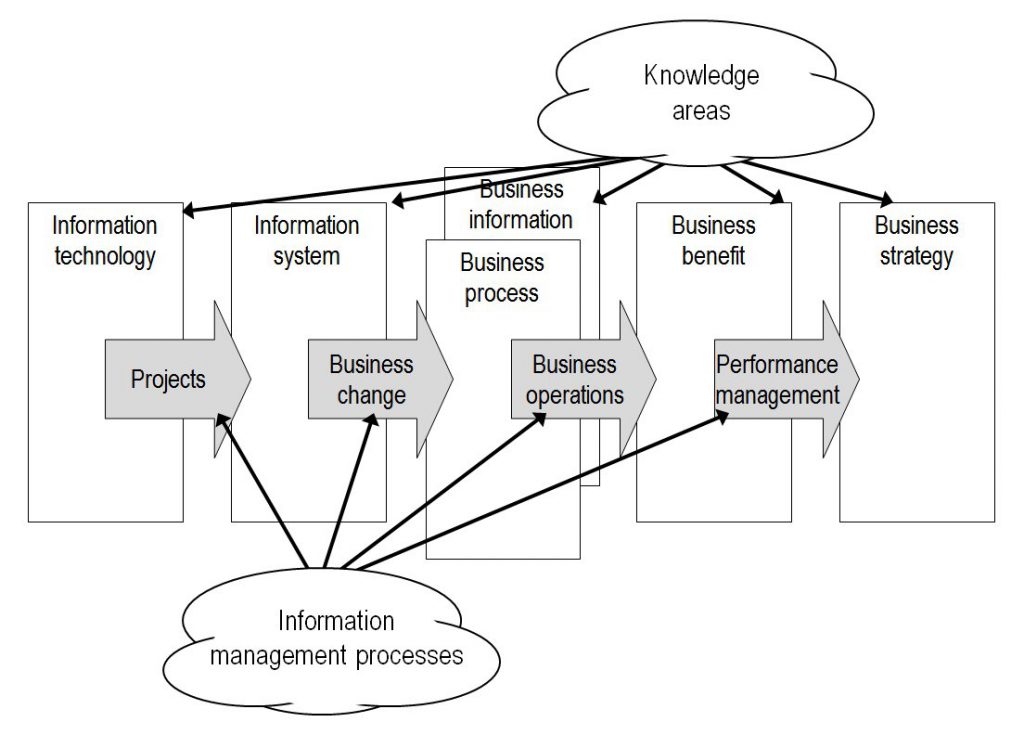وابستگی های درون سازمانی جوامع منبع باز
وابستگی های درون سازمانی جوامع منبع باز
چکیده
بسیاری از عموم نرم افزارهای منبع باز امروز (OSS) در زیرمجموعه یک سازمان چتر فعالیت می کنند، در حالی که برخی دیگر کاملاً مستقل سازماندهی شده اند، و برخی دیگر راهبردی را در جایی بین این مناطق دنبال می کنند و منابع و خدمات خاصی را به اشتراک می گذارند.
در این مقاله ما ، چهار انجمن نرم افزاری منبع باز کامل (GENIVI ، PolarSys ، LibreOffice و PostgreSQL) که شکل های مختلف سازمانی را نشان می دهند، تجزیه و تحلیل می کنیم.

مطالعات کیفی موردی ما نشان می دهد كه جوامع نرم افزاری منبع باز كه ترجیح می دهند تمام منابع خود را كنترل كنند، بطور خودكار سازماندهی می شوند، در حالی كه آنهایی که بر توسعه نرم افزاری متمرکزند، در یك سازمان چتر ادغام می شوند.
یک استراتژی میانی توسط جوامع OSS وابسته به یک شکل واسطه ای از سازمان که از مسائل حقوقی و مالی مراقبت می کند، بدون تعیین ساختارهای سازمانی یا مجوز خاصی دنبال می شود.
یافته های مطالعات موردی ما نشان می دهد که هیچ رویکردی متناسب با همه جوامع OSS وجود ندارد و هر استراتژی مزایا و معایب خاصی دارد.
با استدلال با مفاهیم نظری نظریه وابستگی به منابع (RDT) و اقتصاد هزینه معامله (TCE) ، ما می توانیم یافته های مطالعه تجربی کیفی خود را با مفاهیم نظری که رفتار سازمانی متفاوت را توضیح می دهد، مرتبط کنیم.
بنابراین ، این مطالعه بینش های جدیدی را در باب وابستگی های سازمانی جوامع OSS ارائه می دهد، بنابراین به این سوال که چرا اشکال مختلفی از مدیریت جامعه OSS وجود دارد، پاسخ می دهد.

نتیجه گیری
در این بخش پایانی ، مفاهیم یافته های خود ، محدودیت های آنها و تحقیقات آینده ممکن در زمینه مدیریت جامعه OSS را بیان می کنیم.
a b s t r a c t
Many of today’s open source software (OSS) communities operate beneath an umbrella organization, while others are organized entirely independently, and yet others follow a strategy somewhere in between, sharing certain resources and services.
In our paper, we analyze four mature OSS communities (GENIVI, Polar Sys, Libre Office and PostgreSQL) representing different organizational forms.
Our qualitative case studies illustrate that OSS communities preferring to control all of their resources are organized autonomously, while those focused mainly on software development are integrated into an umbrella organization.
An interjacent strategy is pursued by OSS communities affiliated with an intermediary form of organization that takes care of legal and financial issues, without prescribing organizational structures or a specific license.
The findings of our case studies show that there is no one-size-fits-all approach for OSS communities and each strategy has specific advantages and disadvantages.
Arguing with the theoretical concepts of Resource Dependence Theory (RDT) and Transaction Cost Economics (TCE), we are able to relate the findings of our qualitative empirical study to theoretical concepts explaining different or- ganizational behavior.
Therefore, this study contributes new insights concerning the inter-organizational affiliations of OSS communities thus responding to the question why different forms of OSS community governance exist.
Conclusions
In this final section, we elaborate on the implications of our findings, their limitations and possible future research in the area of OSS community governance.
برای مشاهده مطالب بیشتر به سایت www.farzdon.ir مراجعه نماید.

